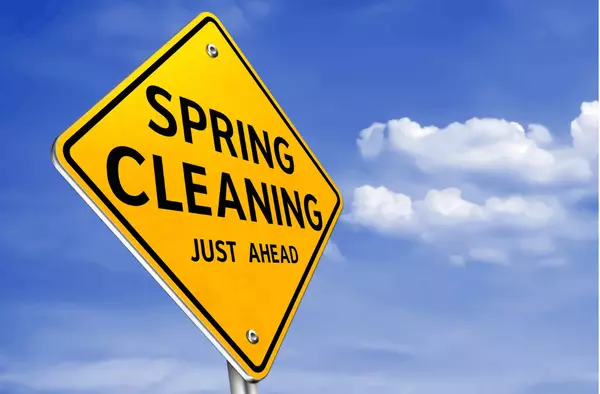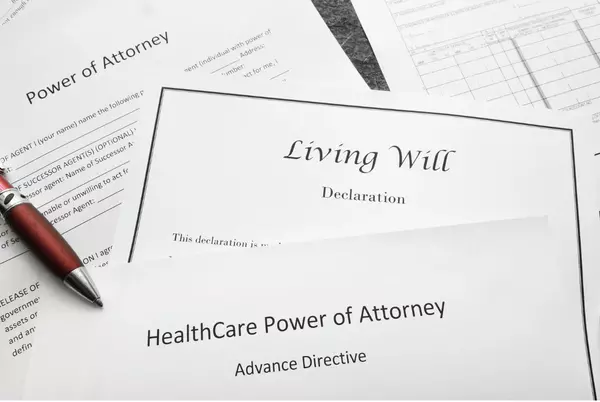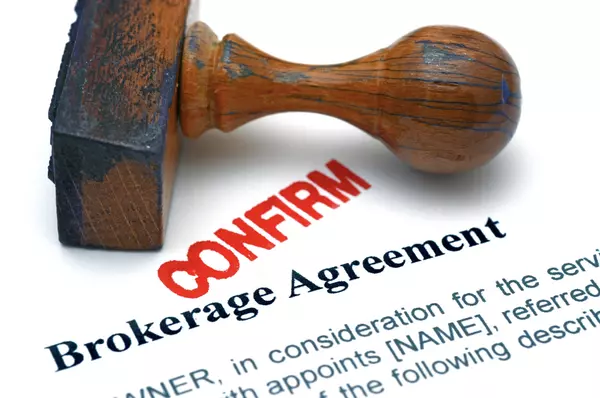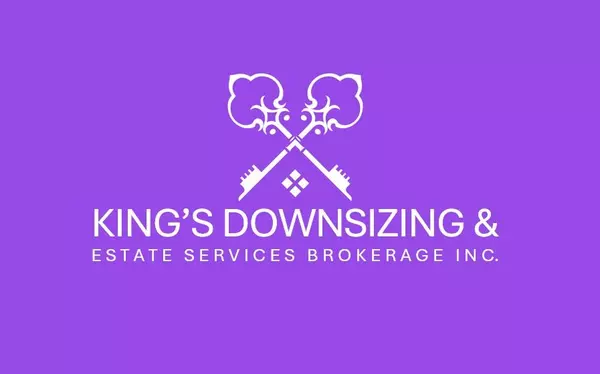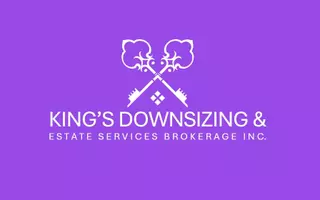Maintaining Independence with Our Senior Concierge Services

As we age, maintaining a sense of independence becomes increasingly important. Whether it's managing day-to-day tasks, maintaining social connections, or navigating complex life changes, having the support you need can help ensure that you can continue living comfortably and confidently in your
Read MoreHow to Declutter Efficiently in Stages to Avoid Feeling Overwhelmed

Decluttering your home can feel like an enormous task, especially if you’ve accumulated years of belongings that hold sentimental value or are simply no longer necessary. Whether you’re preparing for a move, downsizing, or just looking to create a more organized living space, the process can qu
Read MoreEstate Planning and Downsizing: How to Combine the Two

When it comes to planning for the future, two important considerations often arise for older adults: estate planning and downsizing. Both are essential elements of preparing for a comfortable and secure retirement, but when combined, they can create a comprehensive approach to aging well and securi
Read MoreCreating a Long-Term Plan for Aging in Place

As we age, many of us dream of remaining in our homes for as long as possible. Aging in place – the ability to live independently in your home or community for as long as you desire – is a goal that can be achieved with careful planning and the right resources. At King’s Downsizing &
Read MoreWhat to Expect When Moving to a Life Lease Community

As we age, the desire for a secure, comfortable, and supportive living environment becomes more prominent. For many seniors, a life lease community presents an excellent option, offering a blend of independence, security, and peace of mind. At King's Downsizing & Estate Services, we understand that
Read MoreHow to Donate or Sell Antiques and Collectibles When Downsizing

Downsizing can be both a rewarding and challenging process, especially when it comes to managing personal treasures like antiques and collectibles. These valuable items often hold sentimental significance, but they can also take up a lot of space. Deciding what to do with them can fee
Read MoreWhy Senior Concierge Services Are the Ultimate Solution for Independent Living

As we age, maintaining independence while ensuring safety, convenience, and support becomes increasingly important. Many seniors want to live independently for as long as possible, but managing daily tasks, coordinating appointments, or even handling home maintenance can become overwhelming. That's
Read MoreThe Benefits of Joining Our King’s Downsizing & Concierge Services

At King’s Downsizing & Estate Services, we understand that managing life’s transitions, whether through downsizing, relocating, or navigating estate settlements, can be overwhelming. As a trusted partner, our goal is to make these transitions as seamless, stress-free, and efficient as
Read MoreTop Considerations for Choosing a Retirement Residence

Choosing a retirement residence is a significant decision that impacts your lifestyle, health, and overall well-being. Whether you’re making the decision for yourself or assisting a loved one, there are many factors to consider to ensure that the chosen residence meets your needs and preferences. A
Read MoreHow to Stay Organized During the Estate Settlement Process

Dealing with the estate settlement process can be an overwhelming and emotionally charged task. Whether you’re acting as an executor or assisting a loved one through this process, staying organized is crucial to navigating the complexities efficiently and effectively. From managing pa
Read MoreThe Emotional Side of Downsizing: Tips for Managing Stress and Anxiety

Downsizing can be an emotional journey filled with mixed feelings of excitement, nostalgia, and sometimes even stress or anxiety. Sorting through a lifetime of memories, letting go of cherished possessions, and adapting to a new environment can be overwhelming, especially for seniors who may have l
Read MorePreparing for a Smooth Transition to Assisted Living or Memory Care

Moving to assisted living or memory care is a significant life change, not only for the individual moving but also for their family and loved ones. Preparing for this transition takes time, planning, and careful attention to both physical and emotional needs. At King’s Downsizing & Estate Services,
Read MoreHow Our Senior Concierge Services Can Support Your Daily Living

As we age, daily life can become increasingly complex, with a growing list of tasks and responsibilities that may feel overwhelming. For many older adults, handling everything from home maintenance to medical appointments to social engagements can feel like a full-time job. That’s where senior conc
Read MoreThe Importance of Home Modifications for Aging in Place Safely

Aging in place—the choice to live independently in one’s home as one grows older—has become increasingly popular among seniors. This option allows older adults to remain in familiar surroundings, maintain routines, and stay connected to their community. However, for many, aging in place requires th
Read MoreHow to Prepare Your Home for Sale After Downsizing

Downsizing is often a rewarding process that helps you declutter, simplify, and prepare for a new chapter. Once you’ve moved into your new space, however, the next step is preparing your former home for sale. Properly staging and presenting your home can make a significant difference
Read MoreInternational Retirement Living: Is Moving Abroad the Right Choice for You?

As more retirees consider ways to make the most of their golden years, international retirement living has become an increasingly popular option. Living abroad can offer lower costs of living, new cultural experiences, and beautiful settings that may feel like paradise. But is it the right choi
Read MoreWhat to Do with Unwanted Furniture and Large Household Items During Downsizing

Downsizing often means letting go of furniture and large household items that no longer fit your lifestyle or space. Deciding what to do with these items can feel overwhelming, but with the right approach, it can be an empowering and liberating process. At King’s Downsizing & Estate Services, we sp
Read MoreMaking the Most of 55+ Communities: Social and Lifestyle Benefits

Moving to a 55+ community can bring about a world of opportunities, new friendships, and a fulfilling lifestyle tailored for the next chapter in life. These vibrant communities are designed to cater to the needs, interests, and preferences of older adults, combining independence with the convenienc
Read MoreEstate Settlement Simplified: What You Need to Know

Navigating the estate settlement process can be challenging, especially during a time of emotional adjustment. Whether you are an executor or a family member managing a loved one's estate, understanding the steps involved can help streamline the process, reduce stress, and ensure that every det
Read MoreTop Tips for Organizing a Smooth Move to a Retirement Community

Moving to a retirement community marks an exciting new chapter, full of possibilities for relaxation, new friendships, and worry-free living. However, the transition can also bring some logistical and emotional challenges, especially when it comes to downsizing and organizing for the move. At King's
Read More
Categories
- All Blogs 73
- 55+ Living Communities 20
- Aging-In-Place 16
- Community Engagement 3
- Concierge 13
- Decluttering 8
- Downsizing 31
- Estate Planning 6
- Estate Settlement 26
- Fall Prevention 11
- General 18
- Home Safety 8
- International Retirement Living 4
- Land Lease 6
- Life Lease 7
- Lifestyle 15
- Out of Town Estate Settlement 24
- Probate 22
- Real Estate 4
- Retirement Residences 17
- Tax Returns 4
- Wealth Transfer 21
Recent Posts
